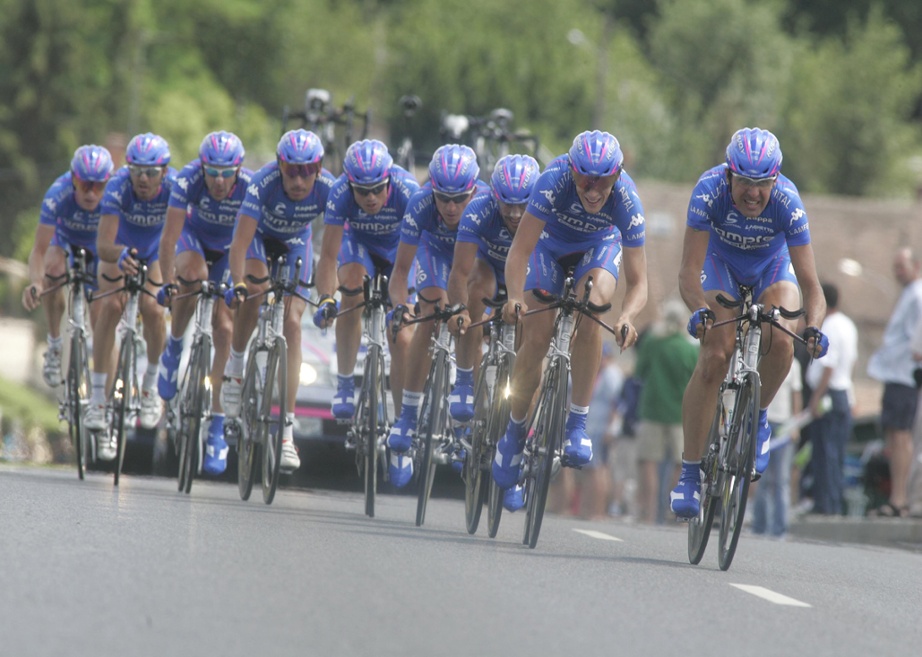The Silent Heroes of Energy Efficient Design

Next month, for about three weeks, professional cyclists will ride 2,200 miles through the hills and towns of France competing for the title of Tour de France Champion. Only one will be crowned champ, but they won’t have earned it on their own.  They will have nine other cyclists working in front, in back, or next to them, strategically giving them the advantage. These teammates are crucial to winning the race. They are the ‘silent heroes.’
They will have nine other cyclists working in front, in back, or next to them, strategically giving them the advantage. These teammates are crucial to winning the race. They are the ‘silent heroes.’
Next month, for about three weeks, professional cyclists will ride 2,200 miles through the hills and towns of France competing for the title of Tour de France Champion. Only one will be crowned champ, but they won’t have earned it on their own. They will have nine other cyclists working in front, in back, or next to them, strategically giving them the advantage. These teammates are crucial to winning the race. They are the ‘silent heroes.’
So much of what goes in to the energy efficient design and construction of a home that is hidden and uncelebrated, but has just as much effect on the performance of the home as anything else that you can see, like PV panels or shading devices. In fact, the effects of these silent heroes of energy efficiency, I’m suggesting, work much like the theory known as “The Butterfly Effect”, which explains how the breeze p roduced by a butterfly’s wings could set off a series of reverberations that over time has a tremendous effect on weather patterns thousands of miles away.
roduced by a butterfly’s wings could set off a series of reverberations that over time has a tremendous effect on weather patterns thousands of miles away.
Here are some examples of what I am talking about, and by no means do I suggest that this is a complete list. There are proverbial butterflies all over the house and the world that will contribute to a homes energy efficiency.
- Air sealing – A tight house plus mechanical ventilation is the best way to have good indoor air quality.
- Insulation type, location, and installation – Fiberglass batts often get only half of their rated R-value because of poor installation.
- Duct design and installation – Don’t put your heating & cooling equipment on a duct system that was haphazardly thrown together without a full duct design. A 13 SEER air conditioner might perform at only 8 SEER when attached to crappy ducts.
- HVAC load calculations – Rules of thumb don’t work. Manual J load calculations are necessary (and required by code) to find the proper size for your heating & cooling equipment.
- Windows – Only two things matter here: the U-value and the solar heat gain coefficient (SHGC). You want them both to be low (<0.4). In cold climates, however, the U-value is more important, and in hot climates, the SHGC is more important.
- Performance testing – For commercial buildings, it’s called commissioning the building. In homes, it’s most often done as part of a home energy rating for ENERGY STAR homes.
